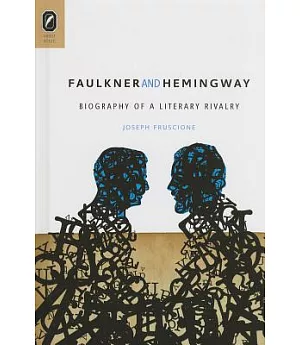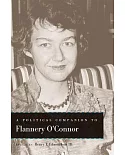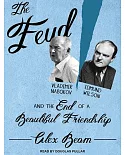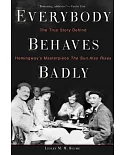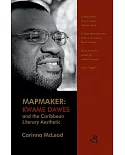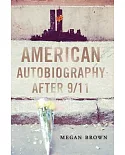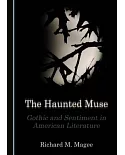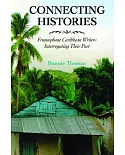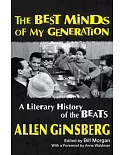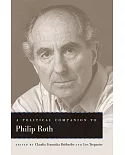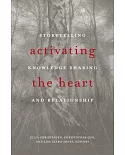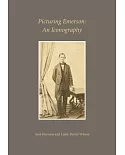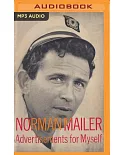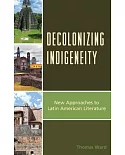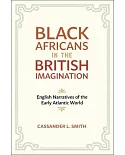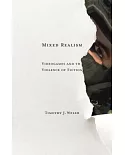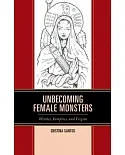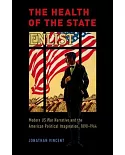�
In the first book of its kind, Joseph Fruscione examines the contentious relationship of two titans of American modernism��illiam Faulkner and Ernest Hemingway. At times, each voiced a
shared literary and professional respect; at other times, each thought himself the superior craftsman and spoke of the other disparagingly. Their rivalry was rich, nuanced, and vexed,
embodying various attitudes��ne-upmanship, respect, criticism, and praise. Their intertextual contest��hat we might call their modernist dialectic��as manifested textually through their
fiction, nonfiction, letters, Nobel Prize addresses, and spoken remarks.
Their intertextual relationship was highly significant for both authors: it was unusual for the reclusive Faulkner to engage so directly and so often with a contemporary, and for the
hypercompetitive Hemingway to admit respect for��nd possible inferiority to�� rival writer. Their joint awareness spawned an influential, allusive, and sparring intertext in which each had
a psychocompetitive hold on the other. Faulkner and Hemingway: Biography of a Literary Rivalry��art analytical study, part literary biography��llustrates how their artistic paths and
performed masculinities clashed frequently, as the authors measured themselves against each other and engendered a mutual psychological influence.
�
Although previous scholarship has noted particular flare-ups and textual similarities, most of it has tended to be more implicit in outlining the broader narrative of Faulkner and Hemingway
as longtime rivals. Building on such scholarship, Faulkner and Hemingway offers a more overt study of how these authors' published and archival work traces a sequence of
psychological influence, cross-textual reference, and gender performance over some three decades.

